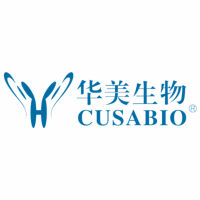Proteolysis is one of the most important post-translational modifications of the proteome with every protein undergoing proteolysis during its synthesis and maturation and then upon inactivation and degradation. Extracellular proteolysis can either activate or inactivate bioactive molecules regulating physiological and pathological processes. Therefore, it is important to develop non-biased high-content screens capable of identifying the substrates for a specific protease. This characterization can also be useful for identifying the nodes of intersection between a protease and cellular pathways and so aid in the detection of drug targets. Classically, biochemical methods for protease substrate screening only discover what can be cleaved but this is often not what is actually cleaved in vivo. We suggest that biologically relevant protease substrates can be best found by analysis of proteolysis in a living cellular context, starting with a proteome that has never been exposed to the activity of the examined protease. Therefore, protease knockout cells form a convenient and powerful system for these screens.
We describe a method for identification and quantification of shed and secreted cleaved substrates in cell cultures utilizing the cell metabolism as a labelling system. SILAC (stable isotope labelling by amino acids) utilises metabolic incorporation of stable isotope-labelled amino acids into living cells. As a model system to develop this approach, we chose the well-characterised matrix metalloproteinase, MMP-2, because of its importance in tumour metastasis and a large database of MMP substrates with which to benchmark this new approach. However, the concepts can be applied to any extracellular or cell membrane protease. Generating differential metabolically labelled proteomes is one key to the approach; the other is the use of a negative peptide selection procedure to select for cleaved N-termini in the N-terminome. Using proteomes exposed or not to a particular protease enables biologically relevant substrates and their cleavage sites to be identified and quantified by tandem mass spectrometry proteomics and database searching.






